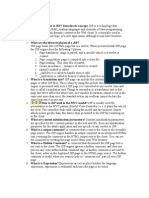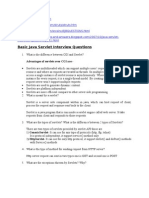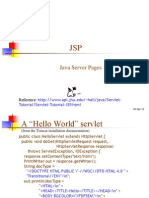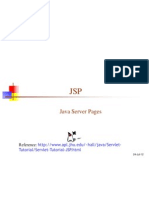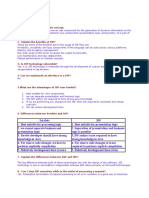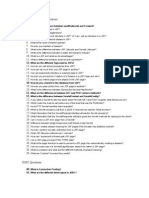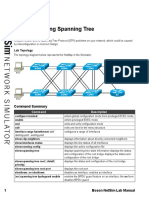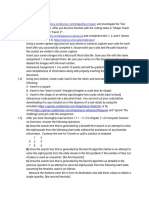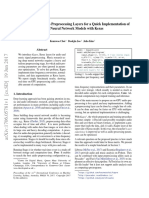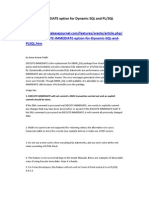0% found this document useful (0 votes)
17 views5 pagesJSP Servlet Interview Questions
The document provides a comprehensive overview of JSP and Servlet concepts, including definitions, lifecycle, differences, and examples. It covers key topics such as request handling, session management, filters, and the use of JSTL and Expression Language. Additionally, it discusses configuration through web.xml and compares JSP with Thymeleaf.
Uploaded by
lawojim575Copyright
© © All Rights Reserved
We take content rights seriously. If you suspect this is your content, claim it here.
Available Formats
Download as TXT, PDF, TXT or read online on Scribd
0% found this document useful (0 votes)
17 views5 pagesJSP Servlet Interview Questions
The document provides a comprehensive overview of JSP and Servlet concepts, including definitions, lifecycle, differences, and examples. It covers key topics such as request handling, session management, filters, and the use of JSTL and Expression Language. Additionally, it discusses configuration through web.xml and compares JSP with Thymeleaf.
Uploaded by
lawojim575Copyright
© © All Rights Reserved
We take content rights seriously. If you suspect this is your content, claim it here.
Available Formats
Download as TXT, PDF, TXT or read online on Scribd
/ 5











